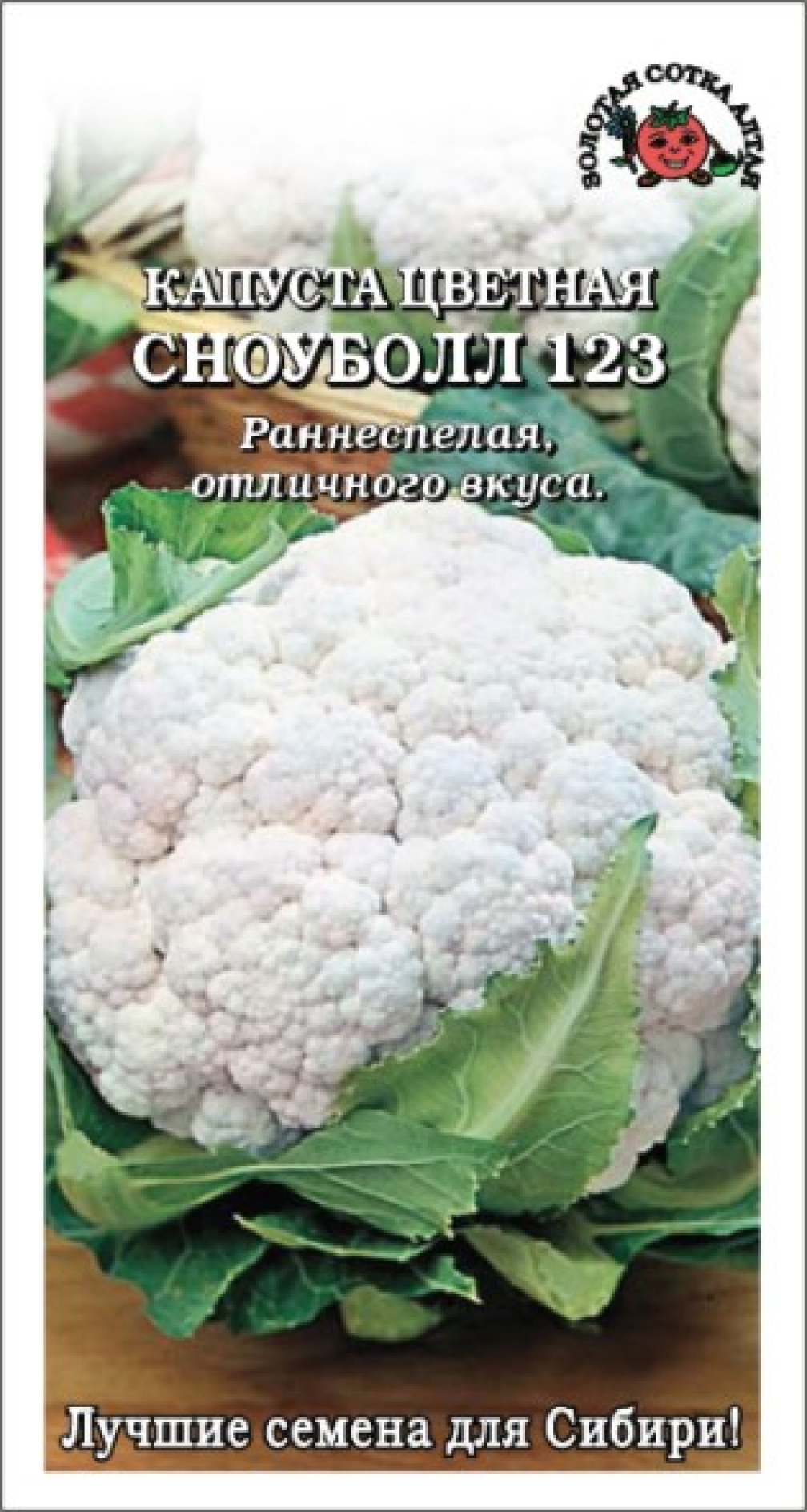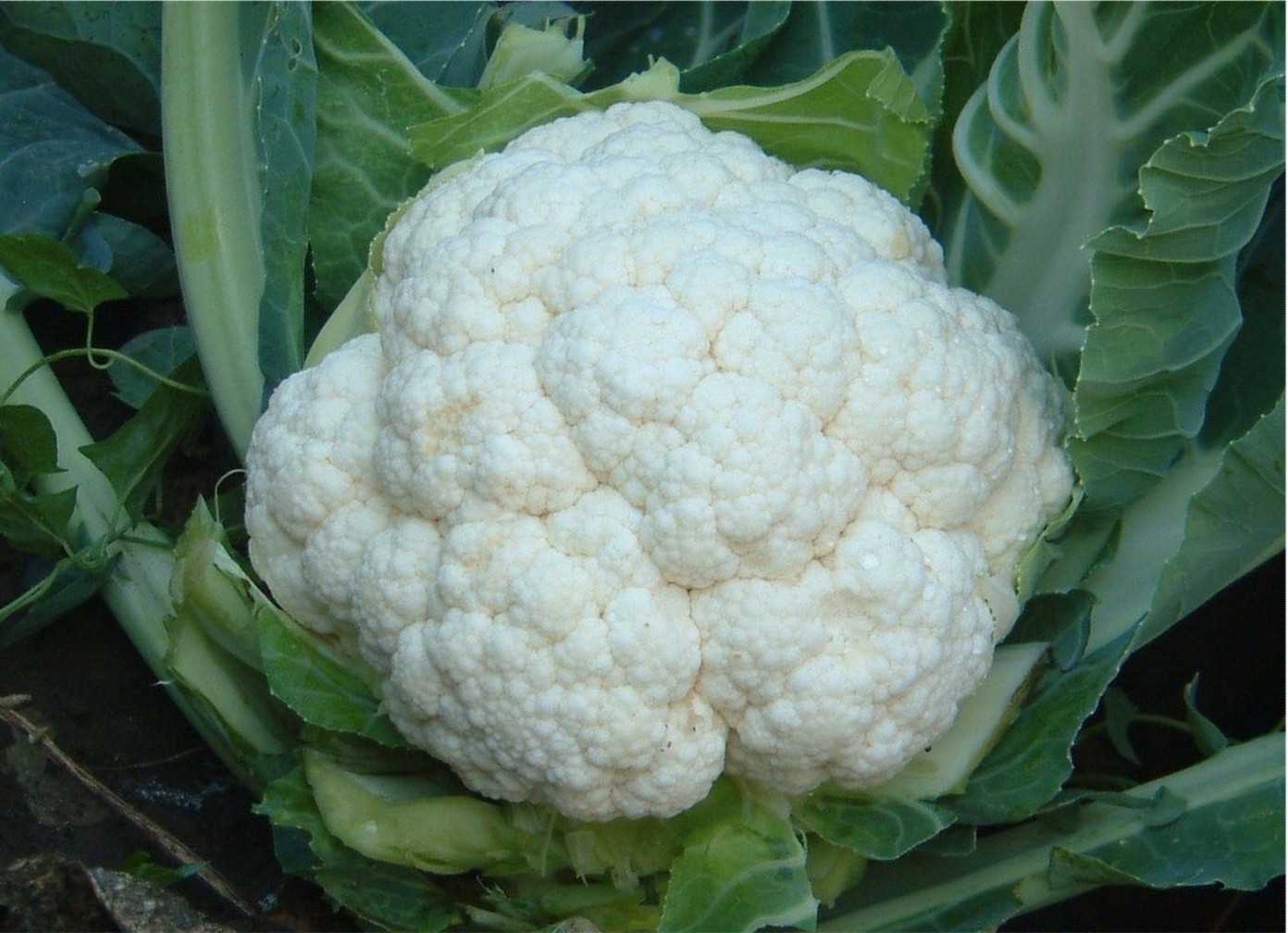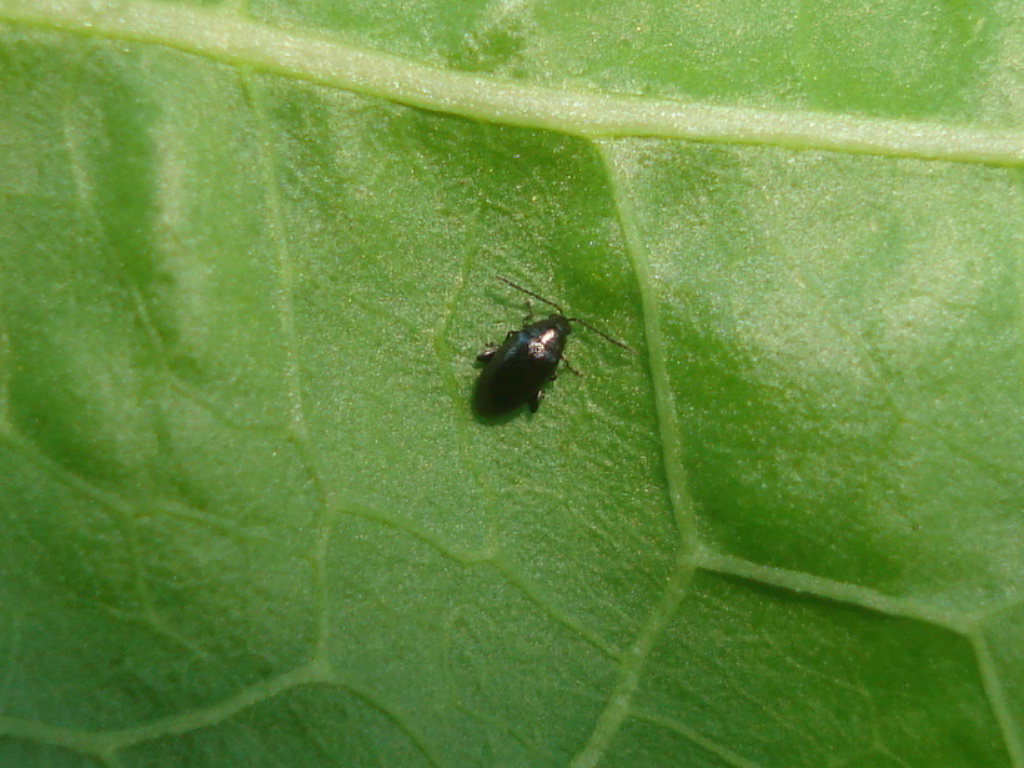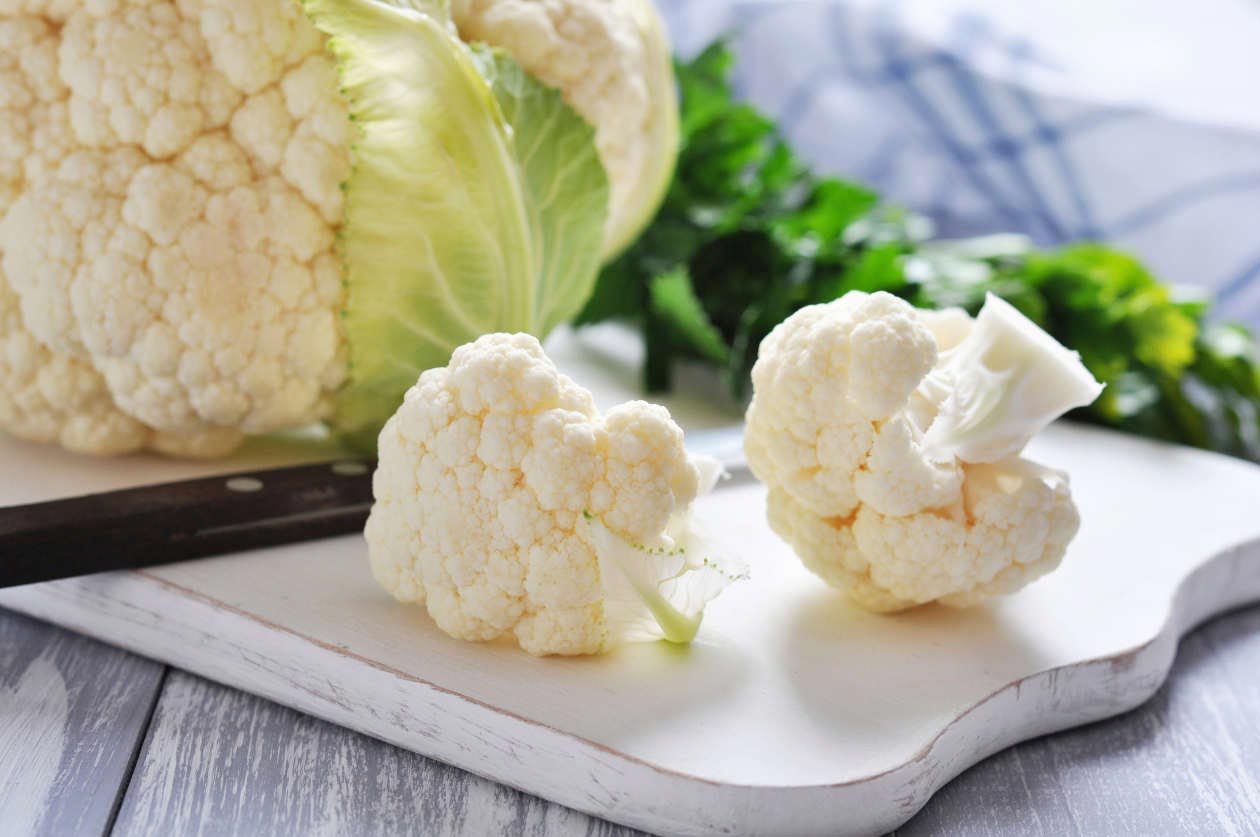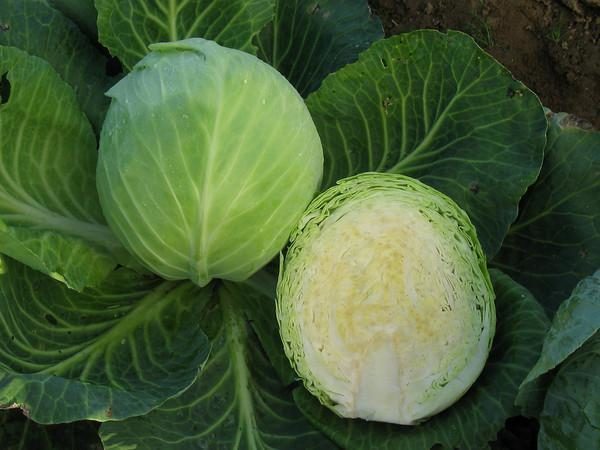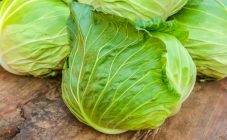Content:
Cauliflower has long ceased to be exotic on the plots of Russian summer residents. With proper care, this crop will certainly delight you with a good harvest. The main thing is to choose the right variety. One of the easiest varieties to grow is considered to be Snowball (translated from English - "snowball").
A quick reference about culture
The Snowball cauliflower variety belongs to the medium early and is very popular with domestic gardeners due to its high yield.
This variety of cauliflower got its name for the bright white color of the inflorescences. The fruits are distinguished by excellent taste and contain a large amount of vitamins; they are recommended for use in baby and diet food.
The history of the creation of the variety
Snowball was developed in France. In Russia, it was officially recognized quite recently, in 1994. French breeders created this variety for their climate, therefore, in the northern regions of Russia, this variety of cauliflower will grow poorly (with the exception of growing in a greenhouse). And in the middle lane and to the south (where the climate is similar to that of France), the plant will feel great.
Specifications
This variety is undemanding to watering and can easily withstand changes in temperature, so it is perfect for growing in climates with cold springs. Cabbage will calmly survive the March - April frosts and snowfall, when the air temperature drops to -4 degrees. But where it is colder in the spring, Snowball cabbage should be grown in a greenhouse.
Yield
Snowball is a mid-season variety. From the moment the first shoots appear, and before harvesting, a little more than 3 months should pass. Provided proper care, up to 4 kg of inflorescences can be collected from 1 square meter of the plot. The weight of one head ranges from 0.5 to 2 kg. If we compare this species with late-ripening varieties, it should be noted that their head weight of 2 kg is considered the norm. Snowball cabbage has such a weight - it is rather an exception to the rule.
Plant parameters
The description of the variety indicates that mature inflorescences are tightly framed with leaves and are reliably protected from harmful environmental influences. You can distinguish Snowball cabbage from other varieties by the following features:
- The height of an adult plant is up to 70 cm, the diameter of the rosette is up to 60 cm;
- Fruit sizes - weight from 0.5 to 2 kg;
- Fruit color is white;
- Leaf sizes - petioles 5 - 40 cm long;
- The color of the leaves is light green.
The size of an adult plant and fruit does not depend on weather conditions, but the yield depends on the intensity of watering and feeding. The characteristics of the variety indicate that the fruits retain their snow-white color for a long time and do not turn yellow over time. But the harvested heads are poorly stored, so a large harvest should be immediately preserved.
Pest and disease resistance
The creators of the Snowball cultivar initially set themselves the task of creating a plant that has persistent immunity to viral and bacterial infections. However, Snowball cabbage is often occupied by a dangerous pest - the cabbage fly.
Also, the plant is a "tasty morsel" for such pests as:
- Cabbage flea;
- Cabbage aphid;
- Lurker;
- Scoop.
As a rule, these insects eat not only the leaves and inflorescences of the plant, but also the weeds, so the main pest control measure is weeding.The less weeds, the less pests. This rule "works" one hundred percent.
Also, in hot weather, applying ash to leaves that have been previously sprinkled with water helps. Seedlings can be covered with dark or transparent foil. When the harvest is over, all the tops should be burned. If you do not burn it, but carry it to the compost heap, the pests will continue to "wander" around the garden, and will return again next season.
Landing features
This variety loves alkaline soil and does not grow well in acidic soil. You should also constantly monitor the maintenance of the optimum level of soil moisture. The plant loves open, sunny areas, but is afraid of drafts. It is necessary to water adult plants every 3 days with warm, previously settled water, directing moisture strictly to the root.
Seeds almost always produce a high percentage of germination (with the exception of expired seeds), so there is no need to soak the seedling material in any solutions to increase germination.
Before planting seedlings in open ground, it must be hardened. Sowing seeds for seedlings is carried out in the last days of February - the first decade of March. For the prevention of keels and "black leg", each seed is dipped in water heated to 50 degrees, and then dried.
Before planting seedlings, it is necessary to add rotted manure to the ground. In this case, the seedlings take root better. The holes should be about 40 - 45 cm apart, the earth is dug to a depth of 20 cm. A little ash is placed in each hole and carefully covered with earth. Then the seedlings are planted and the root is carefully sprinkled with earth so that it is completely hidden. Watering can be done after planting. HE should be moderate so as not to erode the soil.
Basic care activities
The list of main activities for the care of the culture includes:
- Hilling;
- Watering;
- Top dressing;
- Loosening the soil;
- Weeding.
The plant is spud three times per season. The first time - 10 days after the seedlings were planted in open ground. The second time - 7 days after the first ovaries appear. The third time is when the inflorescences begin to increase in size and gain in weight.
If Snowball cauliflower grows on the site, growing and caring for the plant is unthinkable without feeding, since this variety will grow well only on fertile soil.
It is best to use ash as a top dressing - it is rich in potassium. With a deficiency of potassium in cabbage, leaves turn yellow and deformed inflorescences appear, and the formation of ovaries is delayed. For feeding, the ash must be carefully poured into a previously made depression at some distance around the plant. You can also sprinkle ash on the leaves, in this case it will help scare away the cabbage fly and other winged "invaders".
A solution of liquid mullein is also great for fertilizing. When using complex fertilizers of industrial production, nitrogen fertilization should be strictly dosed, since excess nitrogen negatively affects the formation of leaves and leads to their deformation - the appearance of "bubbles".
Benefits
Snowball cabbage is rightly considered one of the best varieties. The fruit of this crispy white cabbage contains a high concentration of vitamin C and natural antioxidants. Harvesting is very convenient due to the amicable ripening of the inflorescences. You can also note the following advantages:
- Bright, effective appearance of inflorescences.It is for this reason that cabbage is in great demand in agricultural markets;
- Disease and fungus resistance;
- The availability of seeds for free sale - in markets and in specialized stores, as well as the low cost of seeds;
- Good germination;
- "Responsiveness" to feeding.
Also, the undoubted advantages include the fact that the plant tolerates minor spring frosts well.
disadvantages
Cauliflower Snowball 123, despite a number of obvious advantages, also has disadvantages. Among them are the following:
- This variety, like a magnet, attracts cabbage flies and aphids;
- For the intensive growth and development of the plant, abundant watering and frequent weeding are necessary;
- Cabbage is demanding on the chemical composition of the soil;
- The plant does not develop well without feeding;
- Inflorescences are slightly smaller in weight than those of most late varieties;
- If the land is not manured, the seedlings do not take root well.
Also, reviews of summer residents indicate that the harvested crop is poorly stored and, despite its spectacular appearance, quickly deteriorates. You can store the collected inflorescences only in an absolutely dry and cool place; at the slightest dampness, they will quickly rot.
Reviews of domestic summer residents indicate that Snowball cabbage gives a good harvest in the conditions of the Russian central zone and more northern regions. It can be grown both in a greenhouse and in the open field, it all depends on the weather conditions in a particular area.
